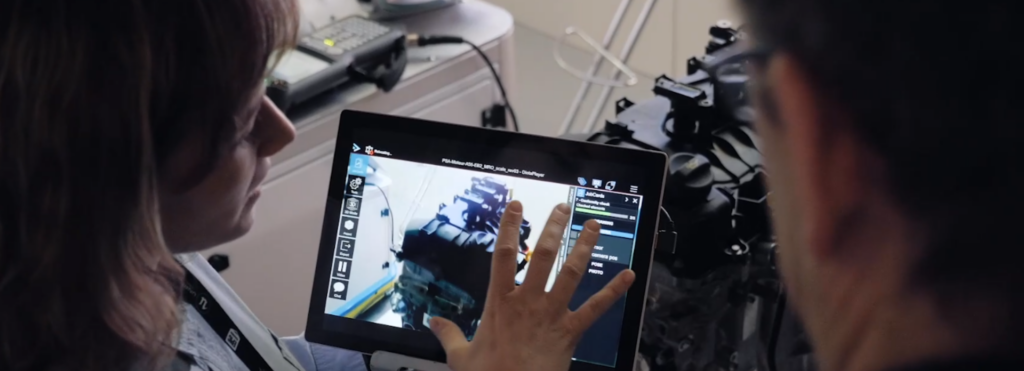What is Machine Learning?
It is a branch of artificial intelligence that focuses on creating algorithms that allow computers to learn from data. Unlike traditional programming, where the computer follows specific instructions to perform a task, machine learning helps the computer to learn from experience. The process begins by acquiring data used to train a model. This model is an algorithm that is able to generalize from the given examples. In other words, the model learns from the training data and predicts outcomes for new data.

Machine learning models types
There are several types of machine learning models, including:
- Classification models: Predict a class or category. A classification model analyzes part of an image and validate if an object or a configuration is correct.
- Regression models: Predict a continuous numerical value. A regression model predicts the price of a house based on various characteristics.
- Clustering models: Place similar data into groups. A clustering model can group customers based on their similar buying behaviors.
In order to train a model, provide it with high-quality data of the population it is meant to represent. This data needs to be diverse enough to allow the model to generalize it into new data. Once training is completed, evaluate it for accuracy by testing the model on data not used for training. If the model is accurate, it is then deployed for real-world situations.
Basically, machine learning is a method for creating algorithms that can learn from data to predict outcomes for new data. It is used in many fields, including speech recognition, pattern recognition, product recommendation, fraud detection, etc.
Machine Learning and Augmented Reality working together
Augmented reality is an area where machine learning is incredibly useful, especially when used in an industrial context with complex and variable elements and processes. Together, accuracy and quality of the augmented reality experience are vastly improved. Here are some examples:
- Object tracking: Track objects in real time and adjust their position based on the user’s perspective. This creates more immersive and realistic augmented reality experiences.
- Surface Detection: Detect flat surfaces for the virtual elements. This creates more stable and accurate augmented reality experiences.
- Object recognition: Recognize the real objects to place the virtual elements. This creates more interactive and personalized augmented reality experiences.
In short, machine learning can help improve the quality and accuracy of the augmented reality experience by enabling detection and recognition of objects, surfaces, and user preferences. This helps create more immersive, interactive and relevant augmented reality experiences for users.
To learn more about the augmented reality capabilities of DELMIA solutions, contact our experts.

